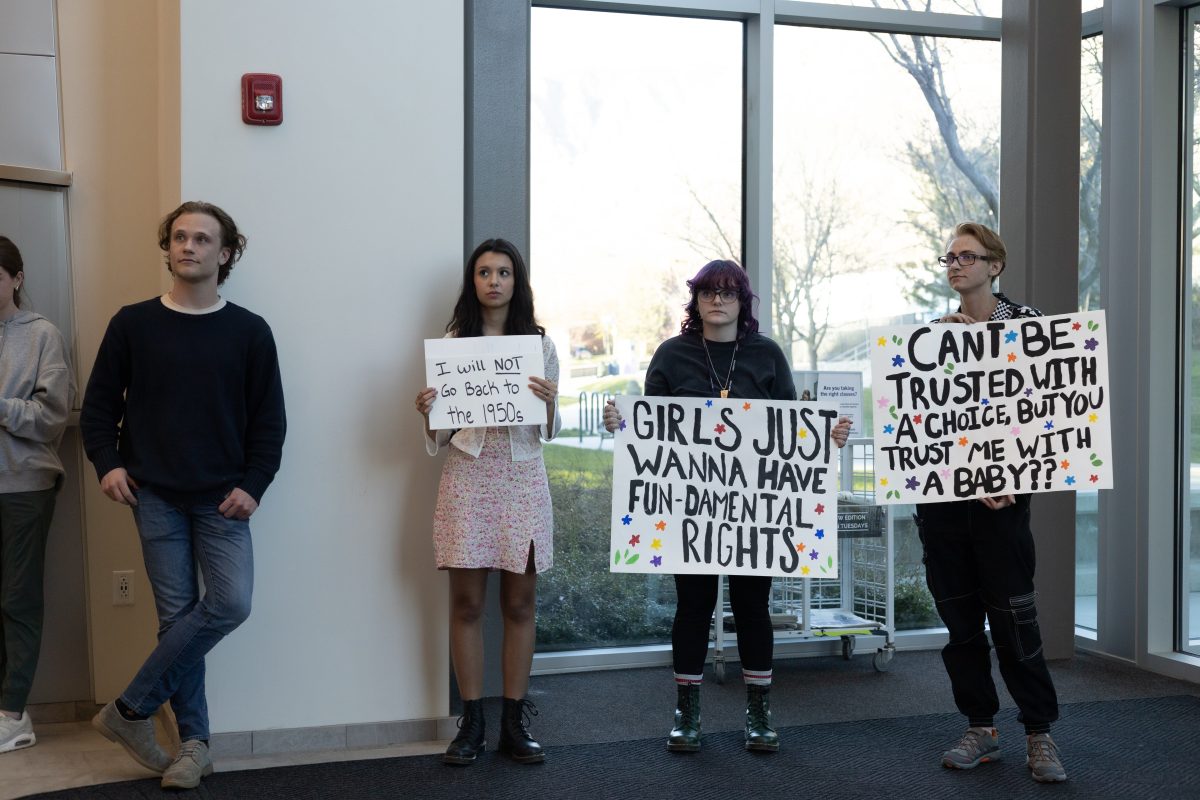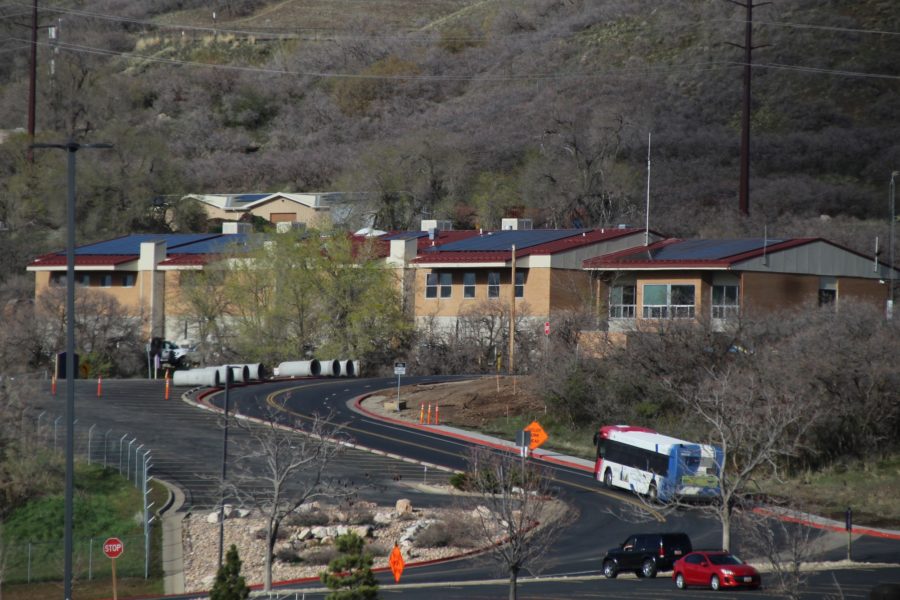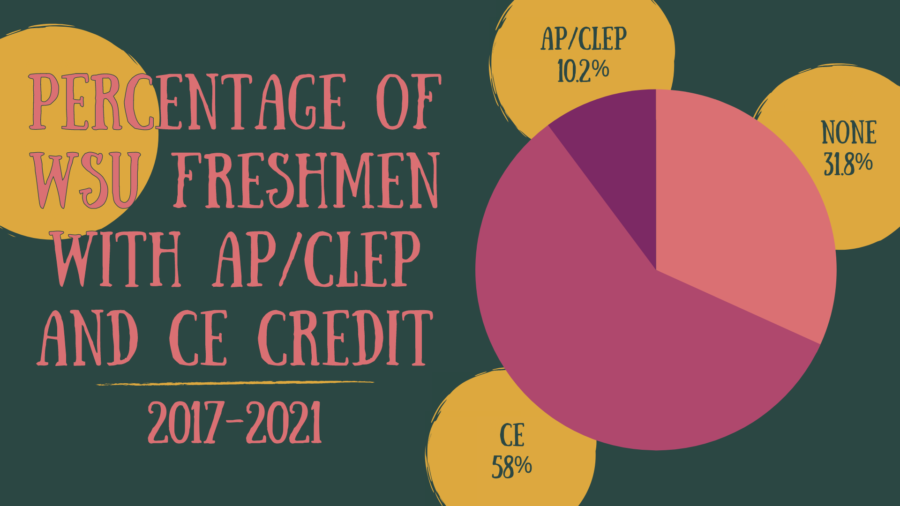
Hollywood’s films and television shows have flourished since their rise in the early 1920’s. While movies and TV are in abundance, and their cost of productions go up each year, there continues to be an overwhelming amount of underrepresentation for both women and ethnic minorities.
A Hollywood diversity report released by the University of California Los Angeles (UCLA) earlier this year gave detailed information on the heavily Caucasian industry and where both women and ethnic minorities fall, especially when it comes to lead roles.
The report examined 174 theatrical films alongside approximately 1,251 shows that aired or streamed during the 2015-2016 season, broadcast networks and so forth.
The report found that lead acting roles were primarily held by white actors, averaging 86.4 percent of the time, while minorities only held an average of 13.6 percent of lead roles. In short, approximately 1.4 in every 10 lead actors within the film industry are people of color.
Women leads average approximately one third to their male counterparts, having risen from 25.6% to 31.2%.
So where does the divide for women and ethnic minority actors start? Andres Orozco, WSU communications professor for digital media and screenwriter says it begins with the script and within the writer’s room.
“A lot of messages are encoded in screenplays, and if you see the films that were done in the 40s, 50s and 60s, with stereotypical images more prevalent back then, they weren’t really written for ethnic minorities,” said Orozco. “They aren’t going to get a lot of the cultural nuances right, but the (screenplay still) makes it onto the screen. Once it gets on the screen, it gets in people’s faces, and once people see it, they feel like that’s the reality when in fact it’s far from reality.”
The Hollywood diversity report also had background data for TV show creators, writers and directors for top theatrical films. Approximately, 1.3 in every 10 directors are a person of color while less than 1 out of every 10 directors are female.
The majority of screenwriters are Caucasian, being credited at over 90%, while minorities stay stagnant, falling between 7% and 8%. Similarly, men are credited more than women, averaging 88% while women fall closer to 11%.
Films within just this last year, and done so after the statistical count of the Hollywood diversity report, have had the fortune of having ethnic screenwriters, such as Adrian Molina for “Coco,” Joe Robert Cole and Ryan Coogler for “Black Panther” and Adele Lim for “Crazy Rich Asians.”
“When they make a movie like “Crazy Rich Asians” and it just blows up financially, they (the producers) are all scratching their heads wondering, ‘This is incredible! How did this happen?’ Because there’s a need for it! There’s a thirst to see themselves (minorities) as they are,” said Orozco.
The conversation for more representation is not new, but rather more publicized thanks to news outlets and social media allowing users and writers to voice their opinions on what they, the viewers, want to see. From NPR to Huffington Post and the L.A. Times, the talk about representation is making its way around the table.
“We have more people banding together like a brotherhood. Everyone is like ‘Hey! We need to support these (films) coming out and we need them to be mainstream,” said Andrea Baltazar, WSU communication professor in digital media and film.
While lack of representation in media is helping start a conversation and the banding togetherness of cultural groups, it’s also starting a movement, which in turn promotes a boycotting of what can be deemed as an “oppressive” industry to ethnic minorities within the production team, on screen and as viewers.
Groups like the National Hispanic Media Coalition (NHMC) and the National Latino Media Council (NLMC) have banded together to boycott Paramount Studios, as they have “shameful numbers” regarding their Latino workers, both behind and in front of the camera.
The information helping to fuel the boycott of Paramount Studios by NHMC and NLMC are from the Hollywood diversity report itself. The data concluded in 2016, from a list of top 100 films, the top 12 that came from Paramount studios did not have any Latino directors, lead actors or writers.
“One thing is true is that if you are a person of color, you have to work 10 times as hard as someone else who is Caucasian,” said Baltazar. “That’s just how it is, but that’s how we (people of color) grew up. Now everyone is realizing that we don’t need to do this just in our everyday lines of work, we have to do that in the media.”
While protests and boycotts are happening in California, where most major studios reside, there is active participation for both women and ethnic minority inclusivity, especially within Ogden and Weber State. Weber particularly promotes diverse films for students and the community each semester through various departments such as diversity and inclusivity and foreign languages.
Similar to theatrical films, Weber’s student demographics are not the perfect representation of Ogden. According to the U.S. Census Bureau from 2016, approximately one third (31.8%) of residents within Ogden identify as Hispanic/Latino.
Students who identified as Hispanic/Latino during the fall 2017 semester estimated to be about 11% of the student body. The majority are students who identify as Caucasian, taking up around 75%.
“Our school should be representative of our community. If our community is one third Latino, we should have one third Latino students here in school,” said Baltazar. “It’s a conversation that doesn’t just involve brown people, it involves everyone.”
Beneath the surface, there are efforts in place to both have a film program at WSU while also recruiting students of color, via the Lindquist college of arts and humanities. Programs like gear up and clubs such as Latino in Action are helping these students make their way to college, not just Weber.
In Ogden, local ethnic minorities are working to showcase Latino arts, especially within film. Cirilo Franco, a representation of a grassroots group known as ACTION (Americans Coming Together for Immigrants in Ogden and Nationwide), and his small team of representatives have set out to premiere Ogden’s very first Latino short film festival.
Within just a matter of 5 weeks, Franco and his team have put together this festival for the Ogden community. Franco wanted Latino arts to be showcased around the start of Hispanic Heritage Month.
“You see a lot of change in the film industry, and you have films like Black Panther and Crazy Rich Asians that do really well. It’s slowly changing but when it comes to Latinos, I think we still have a long road ahead of us,” said Franco.
Although Franco and his team have faced roadblocks, mostly via sponsorships, they’ve continued in making this festival a reality. Franco disregards the use of stereotypical roles in films and states that we, as consumers, have the power to stop studios from doing so.
“The power is in the money. If we stop supporting films like these, that’ll get the attention of the film industry and that’s the biggest and most effective way of making change,” said Franco.
The first Latino short film festival is a 21 and over event and will take place at Bewvies here in Ogden on Sept. 16. As Franco and his team hope to make this festival happen annually, with the help of volunteers and local film makers, they encouraged community members to reach out and email at [email protected].
Although the fight for ethnic minorities and women to have a seat at the table when it comes to big films continues, Orozco leaves with a final note that this next generation, one that has been exposed to films like Moana and Coco, will be the next voices within the filmmaker’s world.
“Millennials and Gen Z-ers speak in film language. They know storytelling better than any other generation and we need to create avenues where they can tell stories and give them the tools to tell stories,” said Orozco.




















